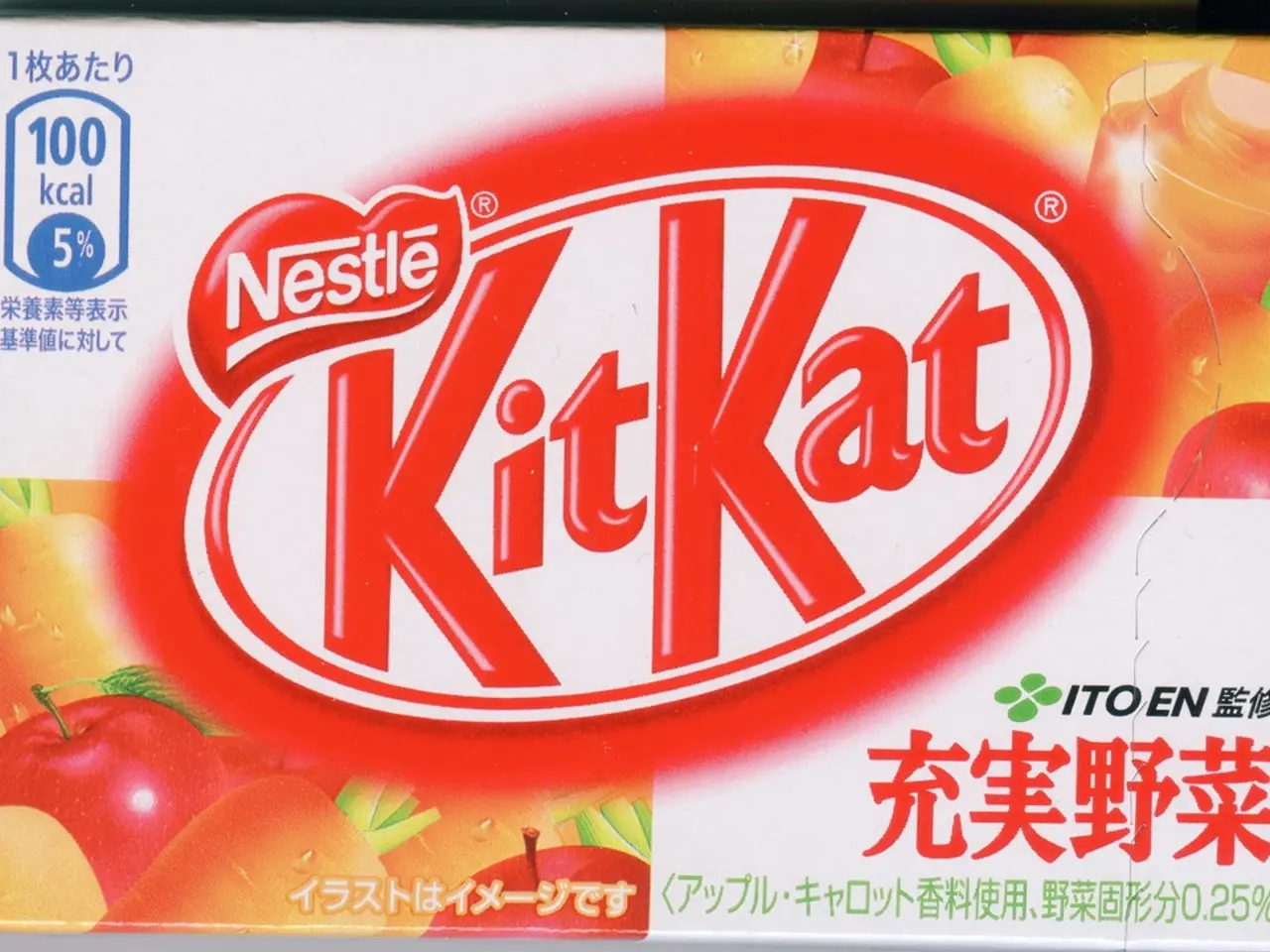Trouble losing stomach fat? Here's what professionals suggest for your consideration
In the 1960s, the population was significantly more active than today, with activity levels expected to drop by 35% by 2030, according to GOV.UK. This shift in lifestyle has contributed to an increase in weight gain and the accumulation of body fat, particularly around the waistline.
When it comes to body fat, there are three main types: essential, subcutaneous, and visceral. Essential fat, a healthy type, supports critical bodily functions such as hormone regulation and nutrient absorption. Subcutaneous fat, located just beneath the skin, serves as a storage layer and can be harmful in excess. Visceral fat, stored deep inside the abdominal cavity around organs, is the most harmful, as high amounts are linked to increased health risks such as heart disease and diabetes.
Losing belly fat requires a holistic approach that combines a balanced diet, regular exercise, and lifestyle changes. Steven Dick, co-founder of The Fitness Group, advises that to lose belly fat, one needs to reduce overall body fat through a combination of cardio and strength training.
Building muscle is a key component of this approach, as it increases your metabolic rate, helping you burn more calories even at rest. Aim for at least two strength training sessions per week. However, it's important to note that the idea of spot reduction (doing particular exercises to target specific areas of the body) is a myth.
A balanced diet is crucial for losing belly fat and maintaining a healthy weight. Healthier food swaps can help create meals that are less calorific and more nutritionally dense. Introducing at least 30g of fibre daily, varying its sources, and limiting ultra-processed foods can foster a healthy microbiome, which is important for metabolism regulation and overall health.
Consistency is key in exercise. Aim for at least 150 minutes of moderate-intensity exercise or 75 minutes of vigorous-intensity exercise per week. High-Intensity Interval Training (HIIT) is extremely effective for burning calories and fat. Joe Wicks has a YouTube channel with short HIIT sessions aimed at weight loss.
Balancing your blood sugar levels is also key for weight loss. Eating 500 calories less than your daily recommended amount can aid in weight loss, but it may not work for everyone due to varying factors. It's all down to reducing calorie intake, which will aid in overall weight loss and decrease belly fat.
Taking care of your gut microbiome is important for metabolism regulation and overall health. Reducing overall weight through moderate to intense exercise can help reduce belly fat. Habit-building is key when it comes to food and exercise for weight loss. Identify bad habits that are causing weight gain and make small changes to slowly wean them out.
In summary, losing belly fat requires a balanced approach that includes a healthy diet, regular exercise, and lifestyle changes. It's important to remember that there are no magical foods or exercises that will slim your waist. A balanced diet and overall healthy lifestyle are crucial for losing belly fat and maintaining a healthy weight.
- In the realm of crafts, knitting and crochet are popular handmade endeavors that can provide a calming, therapeutic activity, promoting personal growth and self-development.
- A healthy diet is essential for fitness and exercise, as it provides the necessary nutrients for optimal weight management, nutrition, and energy during fitness-and-exercise activities.
- Education and self-development can offer valuable insights into different aspects of health-and-wellness, including the science behind weight loss and the importance of maintaining a healthy diet and active lifestyle.
- For those embarking on a weight-management journey, learning about essential fat, subcutaneous fat, and visceral fat can help them better understand the impact of their diet and exercise choices on their body composition.
- As part of a healthy lifestyle and weight management plan, introducing a variety of fruits, vegetables, lean proteins, and whole grains can contribute to a satisfying, nutrient-dense, and belly fat-reducing meal plan.
- In addition to traditional strength training and cardio exercises, incorporating elements of craft-making, such as knitting or crochet, into your daily routine can provide a unique way to promote both physical and mental well-being, contributing to overall personal growth and health-and-wellness.




